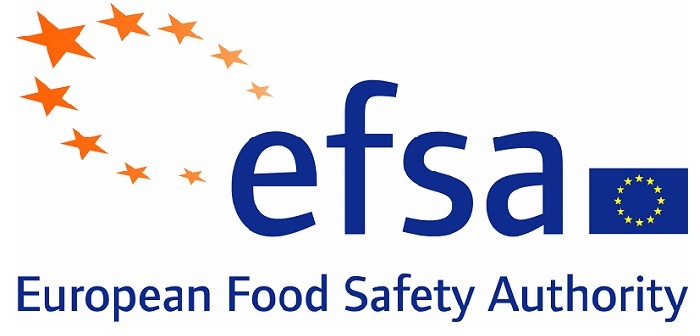Modifications to the maximum levels of copper used in feed for piglets has been proposed by the European Food Safety Authority (Efsa), backed by the additional comment that a change could potentially play a role in reducing antimicrobial resistance.
Efsa’s recommend reductions also apply to feed for cattle and dairy cows, while an increase in copper content is proposed in relation to feed for goats.
It’s claimed the proposed reductions will cut the amount of copper released into the environment, while still being “considered” by Efsa as providing the animal groups concerned with sufficient to satisfy their copper requirements.
The proposal as regards piglets is that feed should not exceed 25 mg per kg (down from 170 mg/kg), representing a very significant cut. The proposed reduction for dairy cows, in contrast, amounts to lowering the maximum content of copper in complete feed from 35 mg/kg to 30 mg/kg.
The recommendation for most other animal groups is that the currently authorised upper levels should remain unchanged.
Produced by Efsa’s Panel on Additives and Products or Substances used in Animal Feed (FEEDAP), the recommended reductions are estimated to be capable of delivering a 20% lowering of the release of copper into the environment through pig manure.
Efsa also said that reducing copper in feed could help to reduce antimicrobial resistance in pigs and in the environment. This view is based on studies which indicate, according to one of several hypotheses, that the occurrence of antimicrobial resistance could potentially be linked to the genetic proximity of some antibiotic and copper resistance genes.




